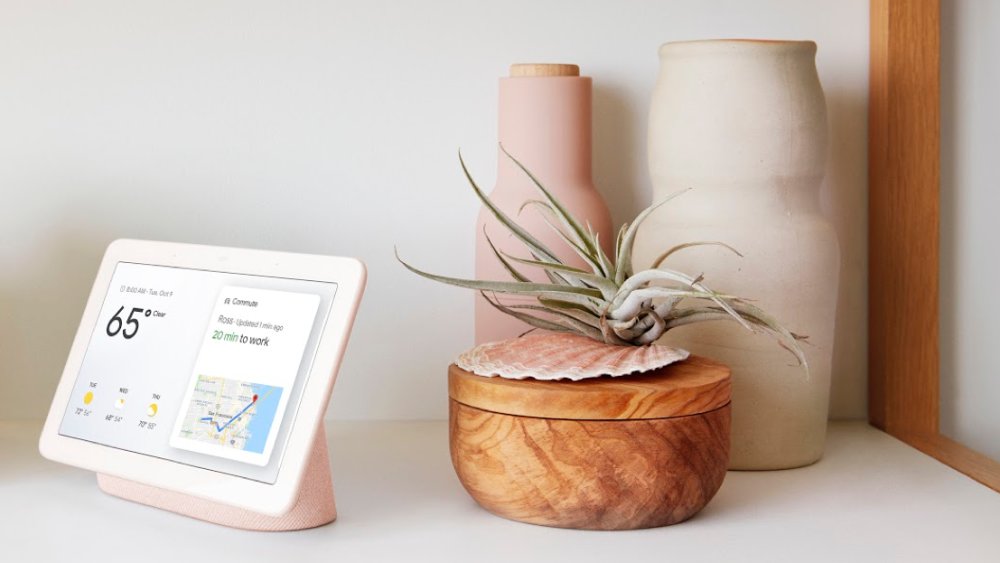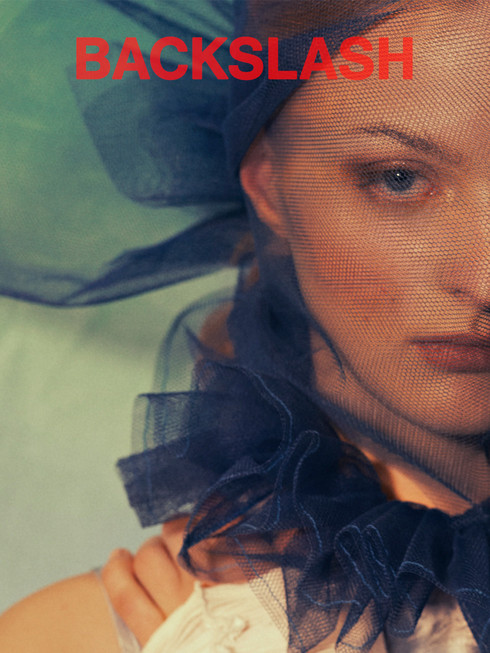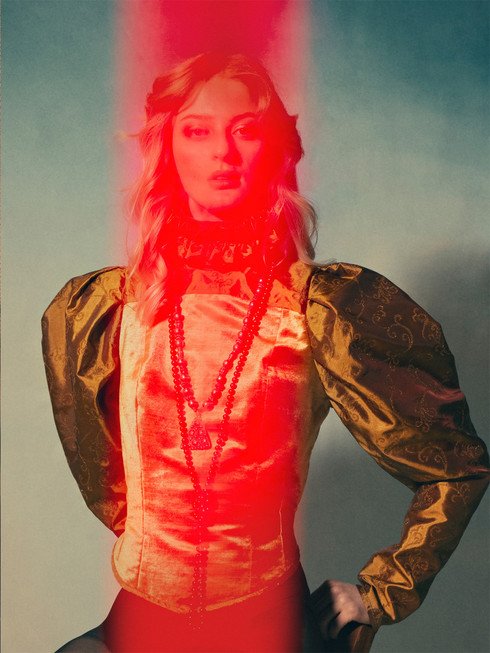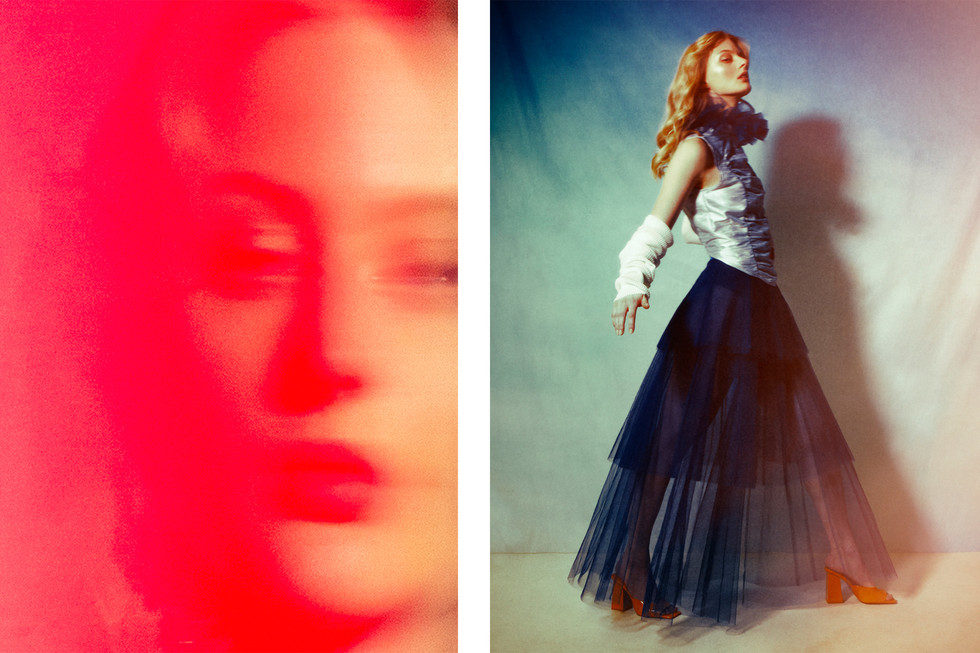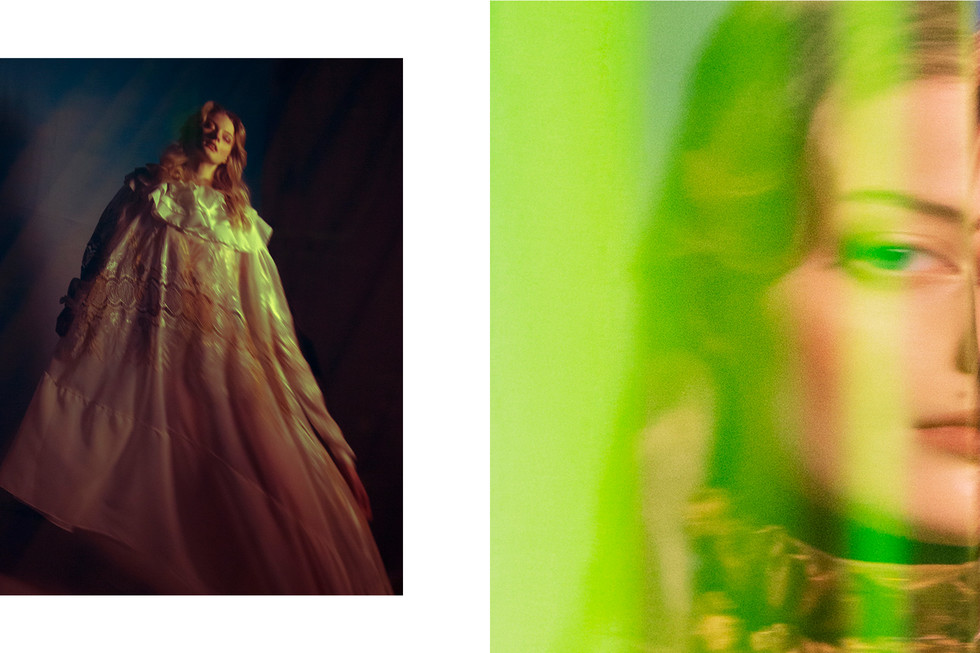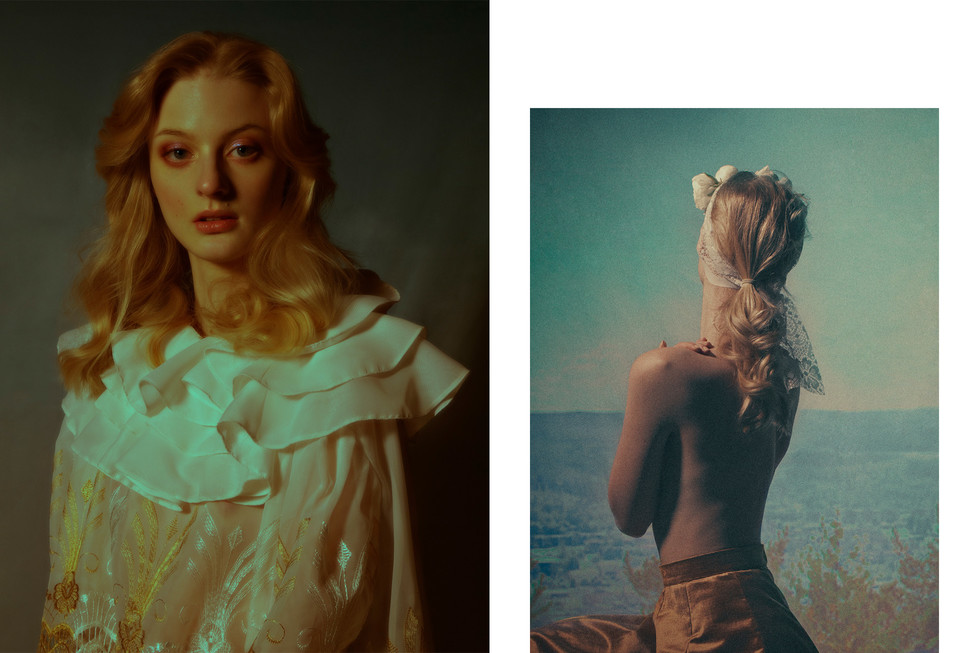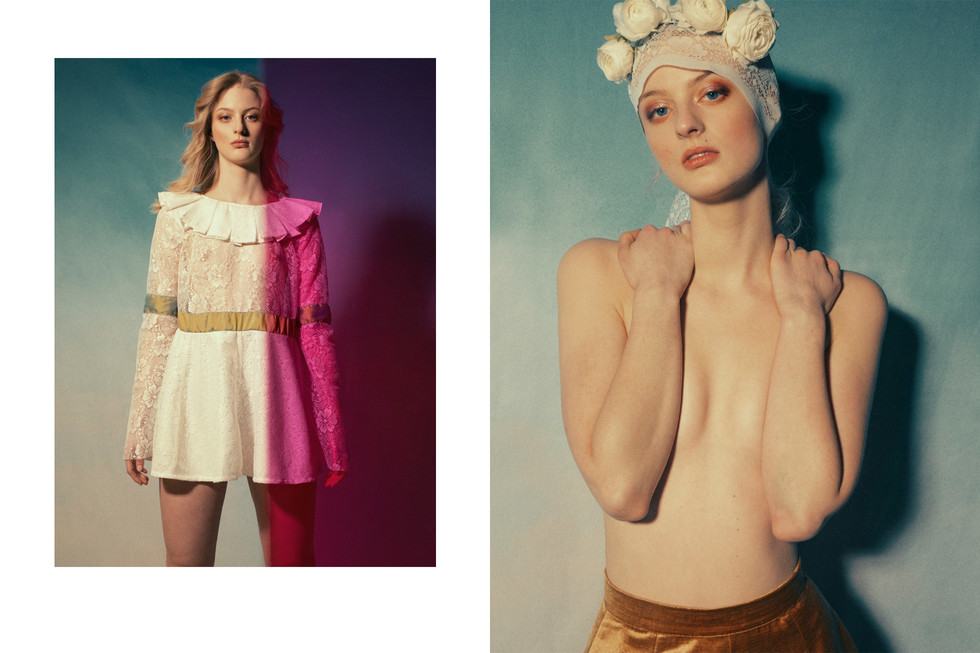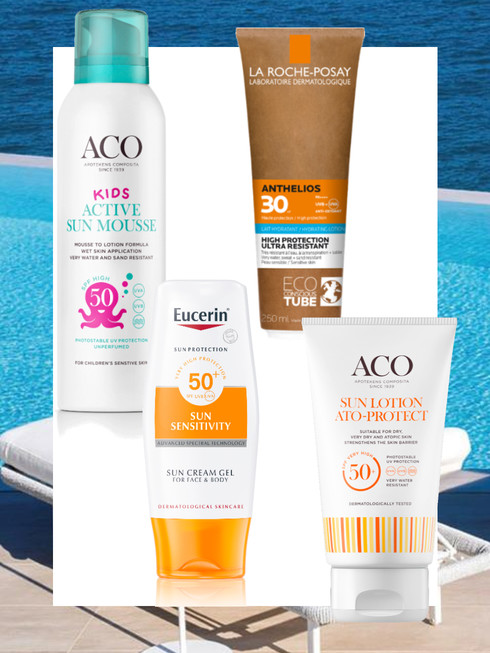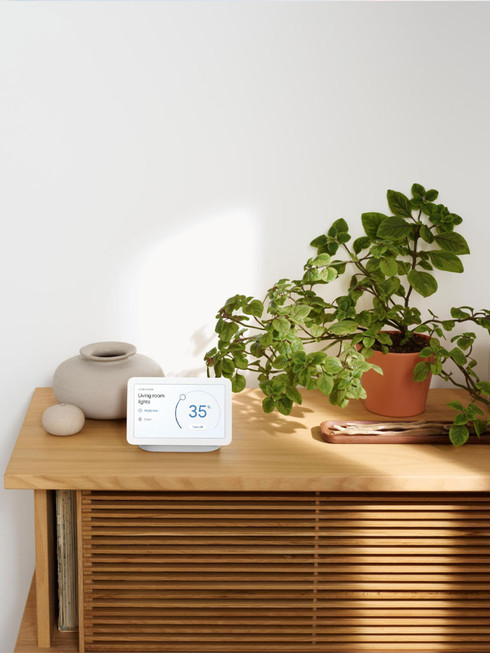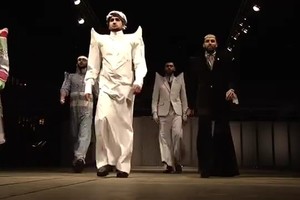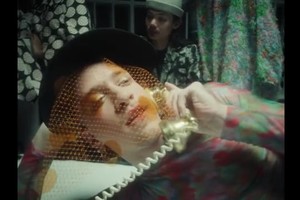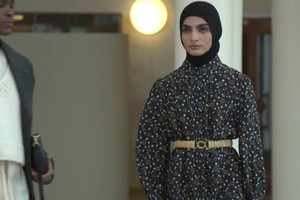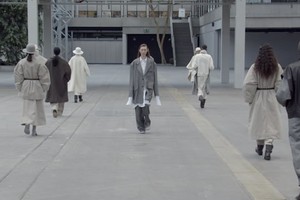Let your personality show this summer. While many have returned to the office, some days of the week. We have realized how important our home is for our state of mind.
Either if it's working, crafting or manifesting our passions; a suitable creative space at home is the way to go. To help us flourish everyday, optimize the area for your mind and soul - here are some ideas and tips!
Placement of the desk
The first thing to look at is the location of your desk. In the guidelines of Feng Shui, place your desk further away from the door. Feng shui believes that a doorway is the opening of energy coming into a room, which means you don’t want to place your desk right in the middle of that stream of energy. It can also help you feel more at ease because you can see anyone or anything that might be approaching. The rule is that if you can’t see the door then you will miss out on opportunities. An interesting way to do it, is try to sit with the wall behind you and the desk out in the roo, and see how it feels. Another doorway to energy is the window, make sure you don’t have the window behind you, since the position means the energy from the window will not be towards you instead will hit you in the back.
Separate Your Home Office From Your Personal Life
While we have heard this before, many of us don’t even have the space to divide our workspace, and our personal life. It’s all combined. So instead of trying to keep your work/craft space separate, redecorate it when you are done for the day. Hide your computer and redecorate the space with something simple as a cloth. This will help you concentrate better, keep your home office physically separated from your private life. Not to mention, screening time – try to keep your phone only in the hallway or even leave it in your bag when you get home.
Aromatherapy
When you have find a good place for your space. A new thing for the summer is to try different oils that can have different effects on your mood. Grapefruit, oranges, lavender, and rosemary have all different effects on mental alertness. Aromatherapy has been used for centuries. When inhaled, the scent molecules in essential oils travel from the olfactory nerves directly to the brain and especially impact the amygdala, the emotional center of the brain. It doesn't need to be hard, The Body Shop, recently launched different oils that you can have on your desk to recharge and take a few seconds to just reload your mind.
Decoration Small decorations are a good way to renew your desk. From letter trays and pen cups to desk pads and boxes, desk accessories will help you get everything organized and easy to find - so take the time to find good boxes and pads. So you can spend less time searching for stuff and more time getting things done. Regarding decorating, if you have the desk facing directly towards an empty wall can become a block in your work. Make sure to decorate the wall with artwork, or a vision board that you find encouraging.
Effectiveness with Decor
Adding decor that fits you will help encourage personal growth. Choose pieces that inspire you. Not to mention, technology can make life so much easier. So why complicate things? As the main tool in your work is probably online, and by a computer - ergonomic is super important.
To unleash our personality what better way than to go all-in with a POP of color. An important ergonomic detail is a great keyboard and mouse. Logitech’s POP Keyboard, is a wireless and modern keyboard that it’s a statement to your desk space. The Keyboard comes in three different colors, I use the pink shade which me excited for the day, but the best part is the function - helping me exceed my writing work. Having a great keyboard, instead of only working on your laptop keyboard, protects your hands and fingers with important well design ergonomics.
An amazing feature is the eight swappable emoji keycaps on the left side, an easy shortcut to your feelings. The Keyboard is not only visual attractive but functional working with both PC and Mac. Use it with the POP Mouse, that easily connects with Bluetooth. Again, a good keyboard takes care of your hands – we all know how we can feel after a whole day of writing on the laptop. Stop it! And invest in a great but also fun decorative keyboard and mouse.

Another smart gadget is the Google Nest Hub 2, it’s an incredible friend to have during your days at home. It helps you make those smart and quick changes – play music, reads the news, set reminders. It’s your ultimate assistant. As soon as I come up with a task I should do tomorrow – I simply say ‘’Hey Google, remind me that I need to email Jess tomorrow at 8.00’’, and it will remind me. Or just ‘’Hey Google, could you set a timer in 10 minutes’’. It even tells me when I would need to leave the house to make it to my train. The one small hope I have is that Google will make it wireless soon too, it would be amazing to move it.
The Google Assistant, the software, is available in an limited range of smart alarm clocks as well. For example tech brand Lenovo has a Google Assistant on their new smart clock 2, which is smaller and connected to a wireless charger – perfect for the bedroom, so it wakes you up in the morning. The very smart thing is that you can connect the Google Nest Hub with the Lenovo Smart Clock 2 through Google – which make you have an assistant in both rooms. For that reason, a great advice is to have the Leonov in the bedroom and then the Nest in the living room – since the Nest have more features, louder speaker and bigger screen.
Blue-light
After I started working 10 hours a day in front of a screen, I saw a rapid change in my skin – especially around the eyes. I learned quickly that it probably wasn’t my skincare routine that created my dark circles and small fine lines. It came from the screen and the small rapid movements throughout the day looking at the screen. Since last year, I have been on a HUNT to protect my eyes and skin. I started to use blue-protective glasses from swedish brand GLAS, which fits wonderful as well as making sure always to wear sunscreen and focus on blue-light protection.
Movement
As we are working from home, we don’t get the same movement and activity as before. Personally, I try to find good ways to stay active, without luck. But I lately found the YouTube channel Growwithjo, which does easy and low-impact workouts – no jumping. For me this is perfect, if you are advance you might think this is to ‘’easily’’ but I promise you will be sweating at the end. And, I use my newly found friend Google to ‘’Play Growwithjoe on YouTube’’. Since, it's summer, just go out for a 10 minute’s walk if possible! Another idea is to get a jumping rope, the rope is a super way to easily get your heartrate up fast. Hopefully your neighboors wont mind, but please be kind.
Greens Color is an easy way to apply Feng Shui principles to your home. It can also be the most effective Feng Shui adjustments because we humans are very visual. A good way to start your summer and change your mood is the color green. The color is connected to the wood element and stands for growth, healing, and vitality. For an instant wood energy hit, try working with clean, vibrant, and grassy greens - why not get some new plants.
Sometimes the little things make all the difference, changing the direction of your desk, getting new artwork on the wall, or getting iconic tech gadgets to save your day. Pay attention to the details in your home space — and try to reconnect with your surrounding.
